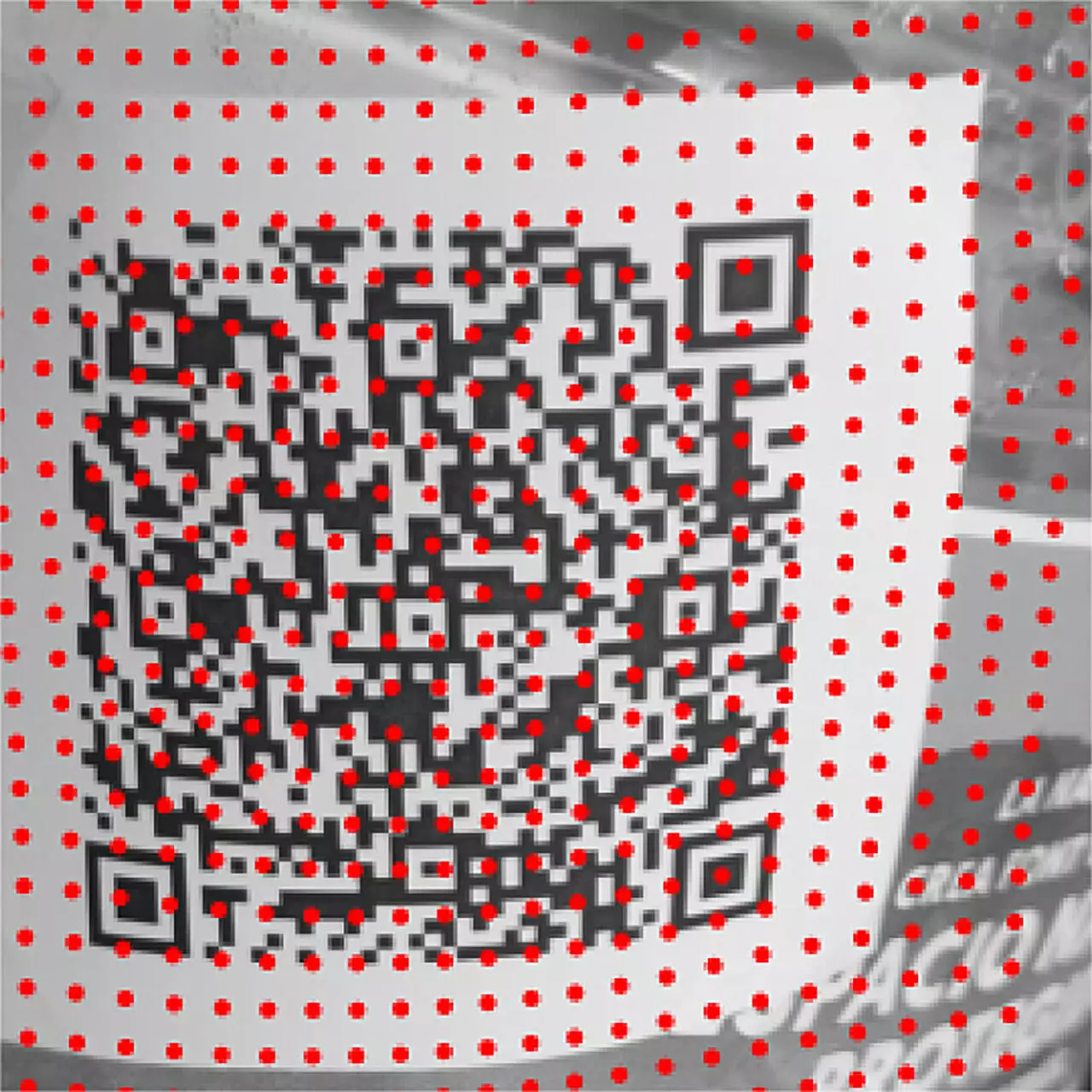In recent years, QR codes have emerged as vital components in our digital interactions, simplifying access to information and services through quick scans. Despite their convenience, the effectiveness of QR code scanning remains inconsistent. Users often encounter difficulties in capturing these codes due to various factors such as poor image quality, inadequate print conditions, and surface irregularities. A groundbreaking study from a team at the University of Barcelona and the Universitat Oberta de Catalunya introduces a compelling solution to enhance QR code recognition in challenging physical environments. Published in the journal *Pattern Recognition Letters*, this research addresses the limitations currently faced by traditional scanning technologies.
Factors Hindering Effective QR Code Recognition
A comprehensive understanding of why QR codes often fail to scan effectively reveals numerous contributing factors. First and foremost, the quality of the device used for scanning plays a significant role. Although modern smartphones boast advanced digital cameras, the results can still fall short when the QR code is poorly printed or when the capture conditions are suboptimal. Professor Ismael Benito, the lead author of the study, emphasizes that both the image quality and the contrast of the printed QR code are critical. In addition, if the surface on which the QR code is printed is uneven or non-flat—such as a cylindrical bottle or an irregular food tray—the likelihood of successful scanning diminishes considerably.
Benito provides a practical illustration: when trying to scan a QR code on a cylindrical object, positioning is vital. Standing too close exacerbates distortion, while stepping too far away renders the code too small to read clearly. The ideal distance lies within a narrow range, making the scanning process challenging and inconsistent.
The study’s authors have devised a novel methodology capable of significantly improving QR code recognition across various surfaces and conditions. At the heart of this innovation is a new algorithm designed to leverage the intrinsic characteristics of QR codes. By understanding the code’s internal patterns and employing mathematical functions called splines, the researchers can effectively remap the surface texture where the QR code appears. This sophisticated adjustment method enables the system to maintain a reliable connection to the codes, even in less-than-ideal printing conditions.
Splines, traditionally used in fields like geology and photographic editing, allow for localized adjustments across a surface’s topography. This innovative application in QR code scanning embodies a fusion of technological advancements with practical problem-solving techniques, reflecting a broader trend in engineering and computer science toward tailored solutions.
While the recent findings are promising, they are merely the tip of the iceberg regarding the broader implications of enhanced QR code scanning technology. In commercial applications, where seamless and reliable code scanning is paramount, there are ongoing challenges. Benito notes that ensuring accurate readings from various devices will be essential for widespread adoption. Furthermore, as QR codes become increasingly important in sectors such as e-commerce and marketing, the inherent vulnerabilities associated with counterfeit codes pose significant risks.
On the industrial front, while scanning conditions can be controlled, the emphasis shifts to optimizing capture speed. Streamlining this process can lead to substantial efficiency gains in industries leveraging QR codes for inventory management, logistics, and quality control.
The research spearheaded by Professor Benito and his team at the University of Barcelona and the Universitat Oberta de Catalunya represents a significant advancement in addressing the challenges of QR code recognition. By marrying theoretical insights with practical applications, they have laid the groundwork for a more reliable and efficient scanning process. As technological refinement continues, one can only anticipate that the transformative impact of QR codes will reach unprecedented heights, further enriching our digital experiences while simultaneously enhancing operational efficiencies across various sectors. The future of QR code utilization looks promising, driven by innovative methodologies that recognize the need for adaptability, accuracy, and security in an increasingly interconnected world.


Leave a Reply